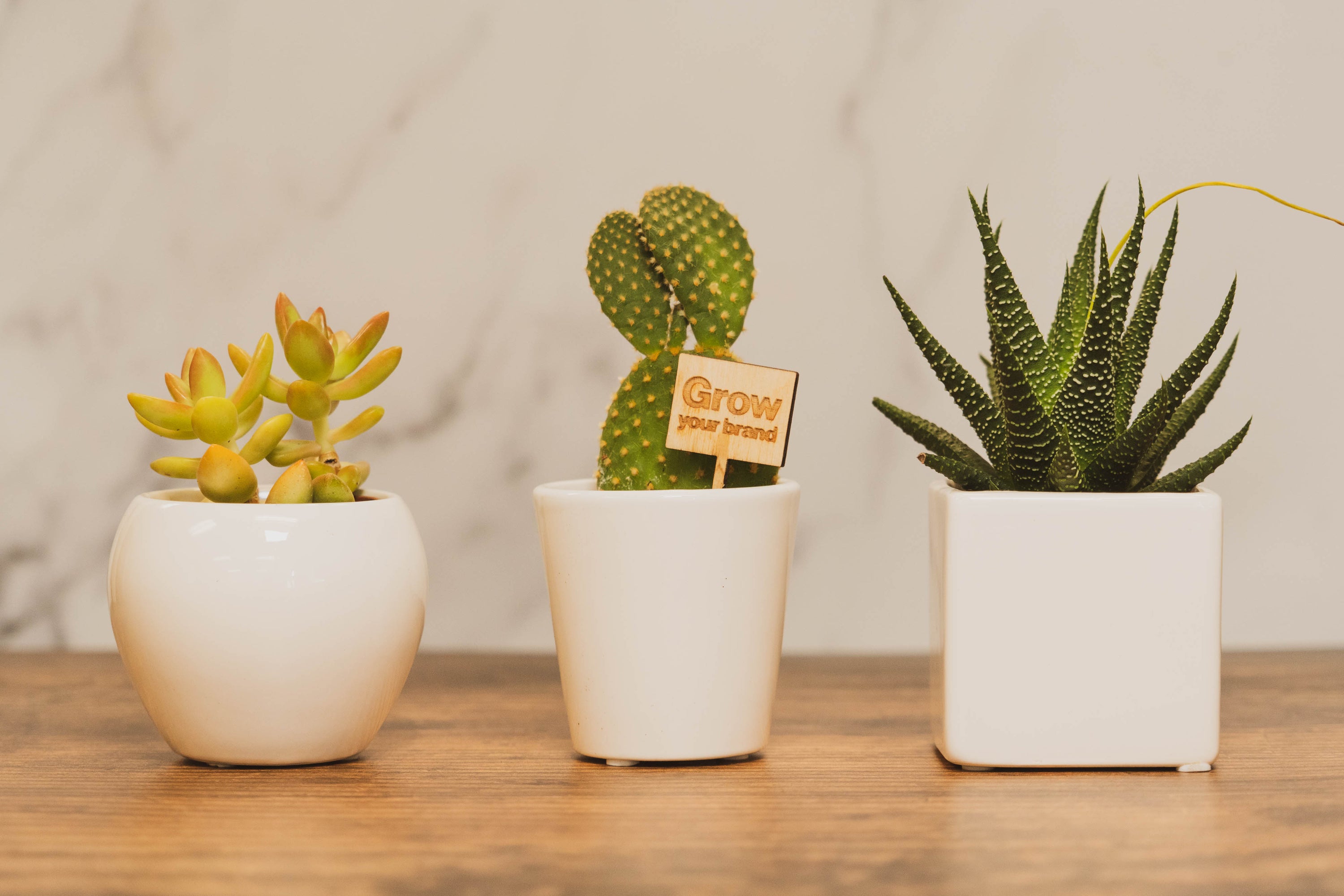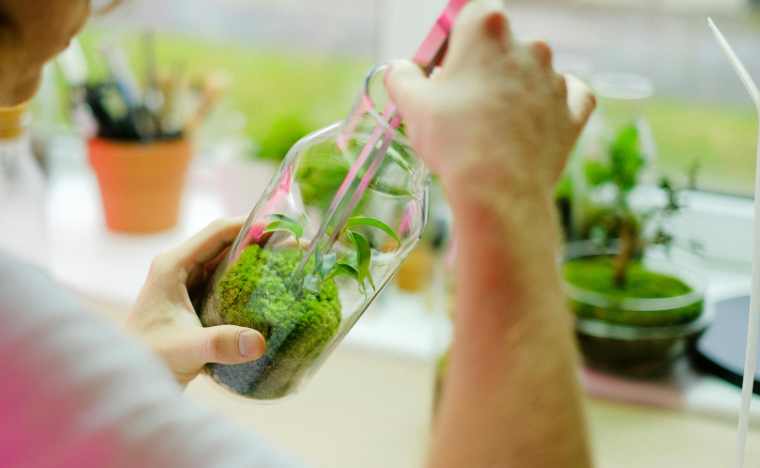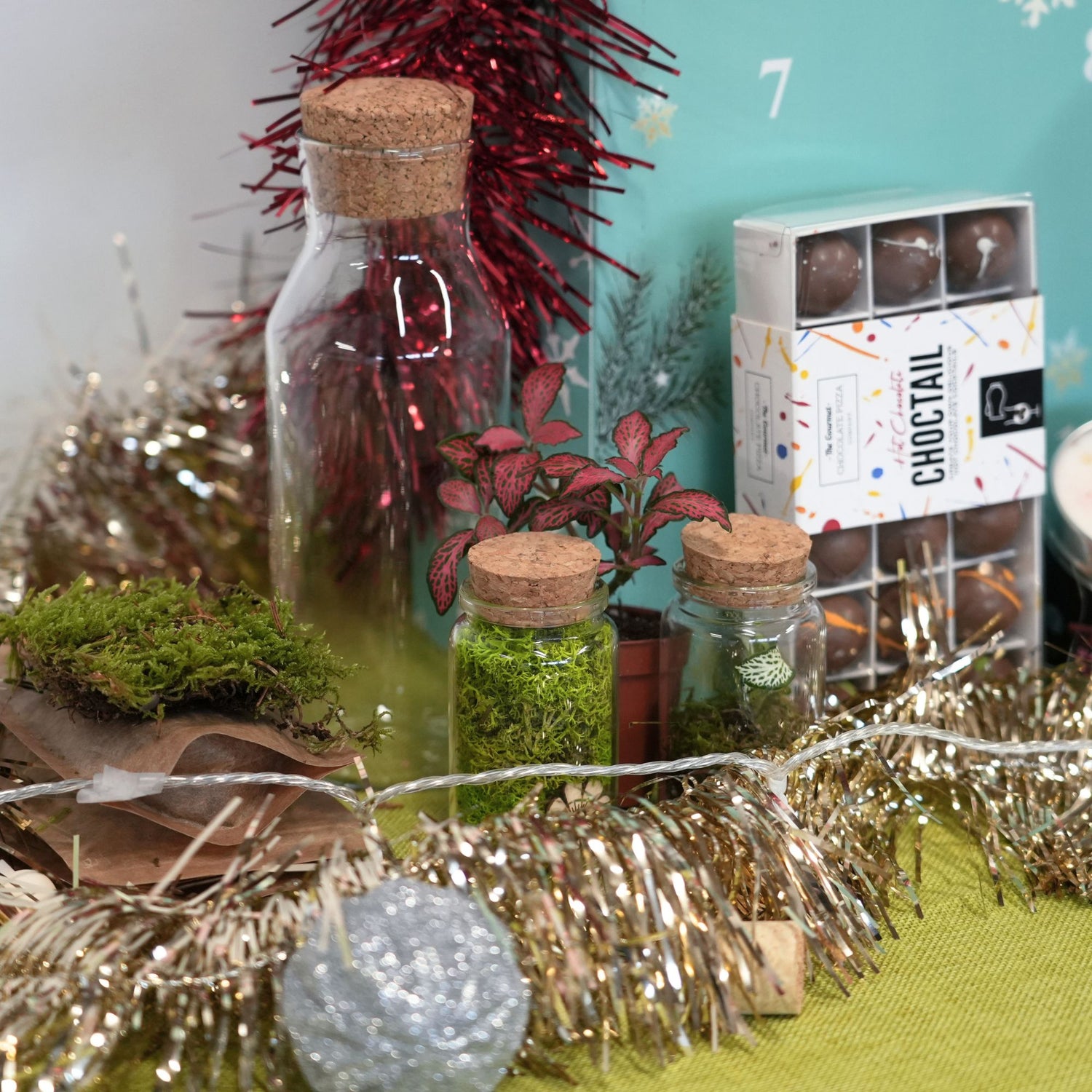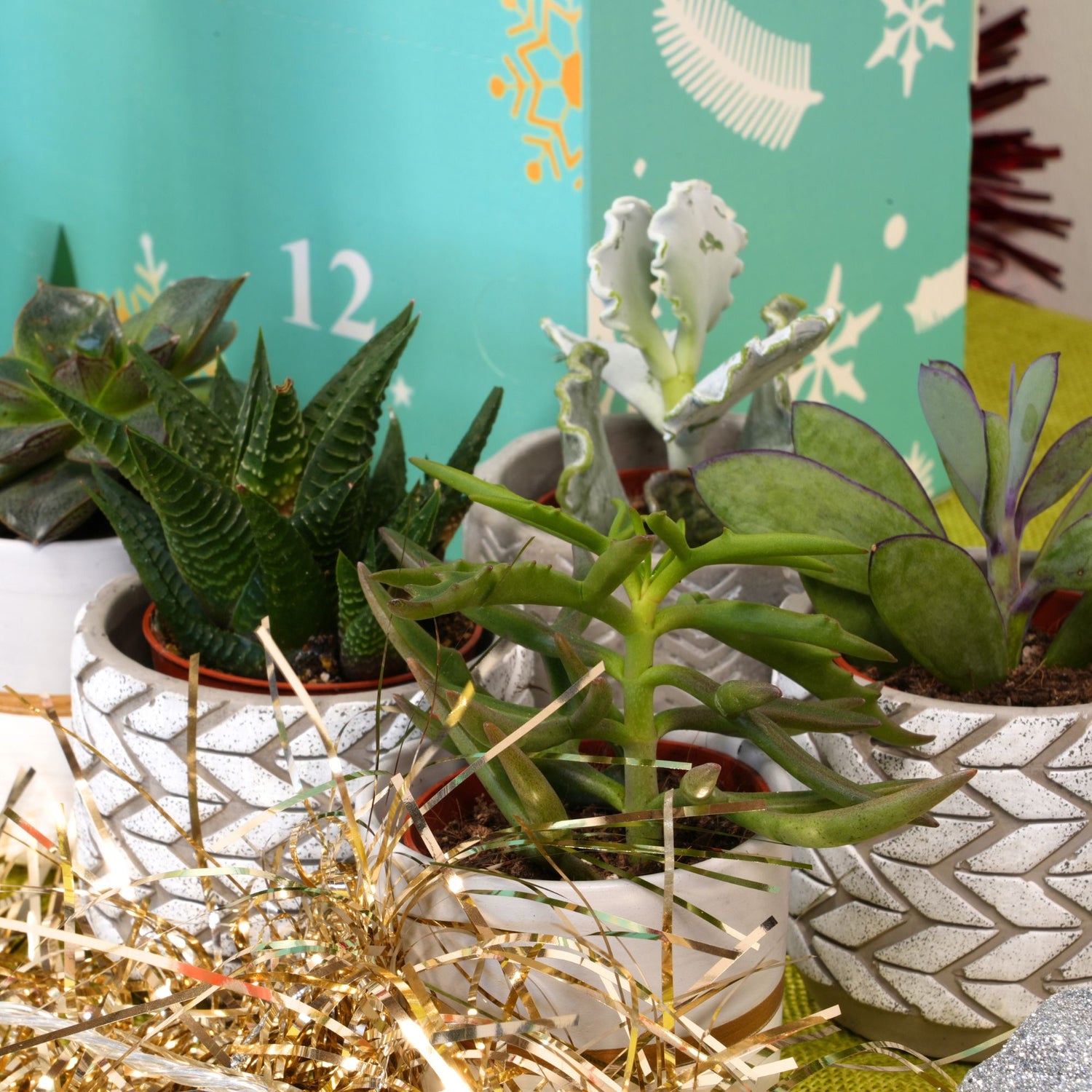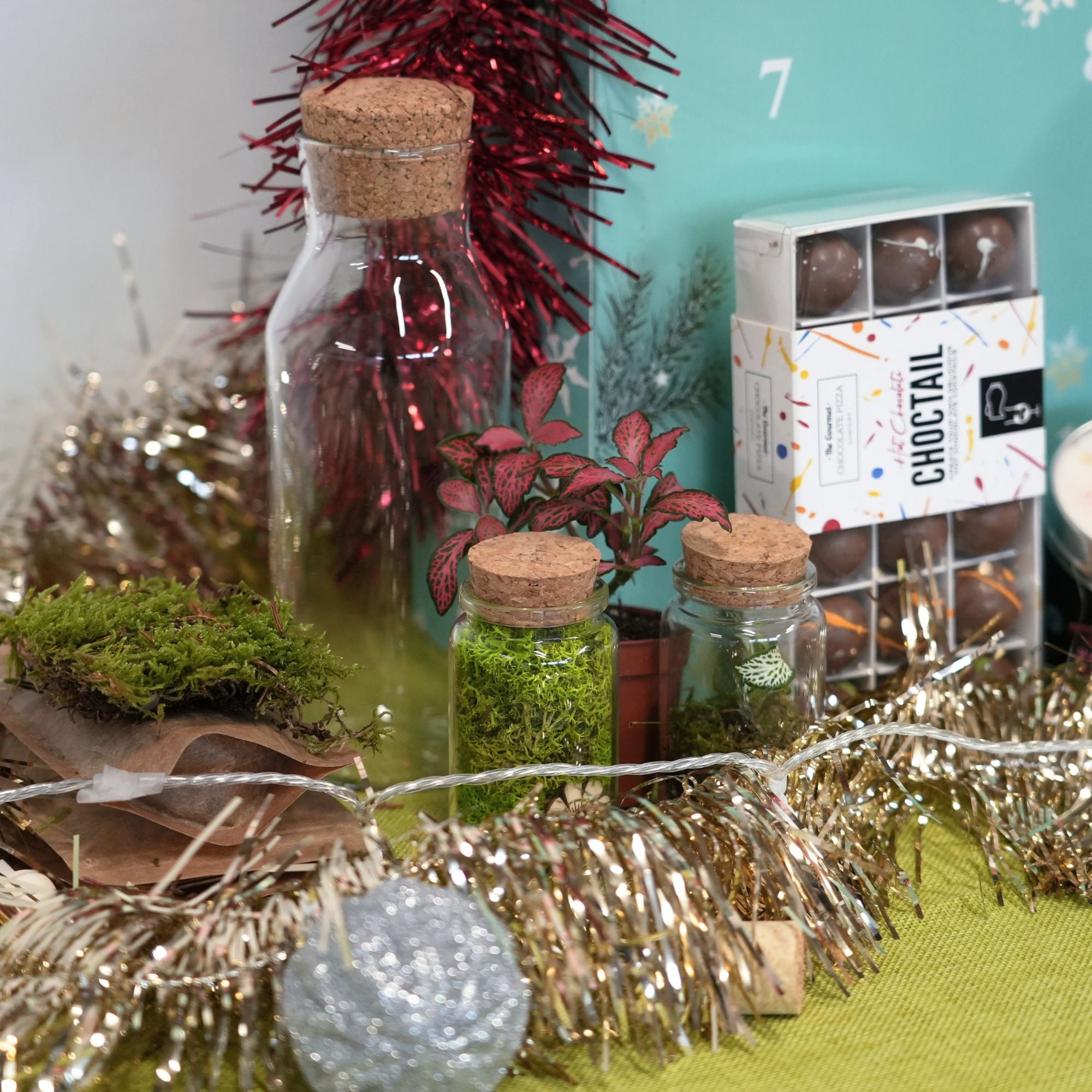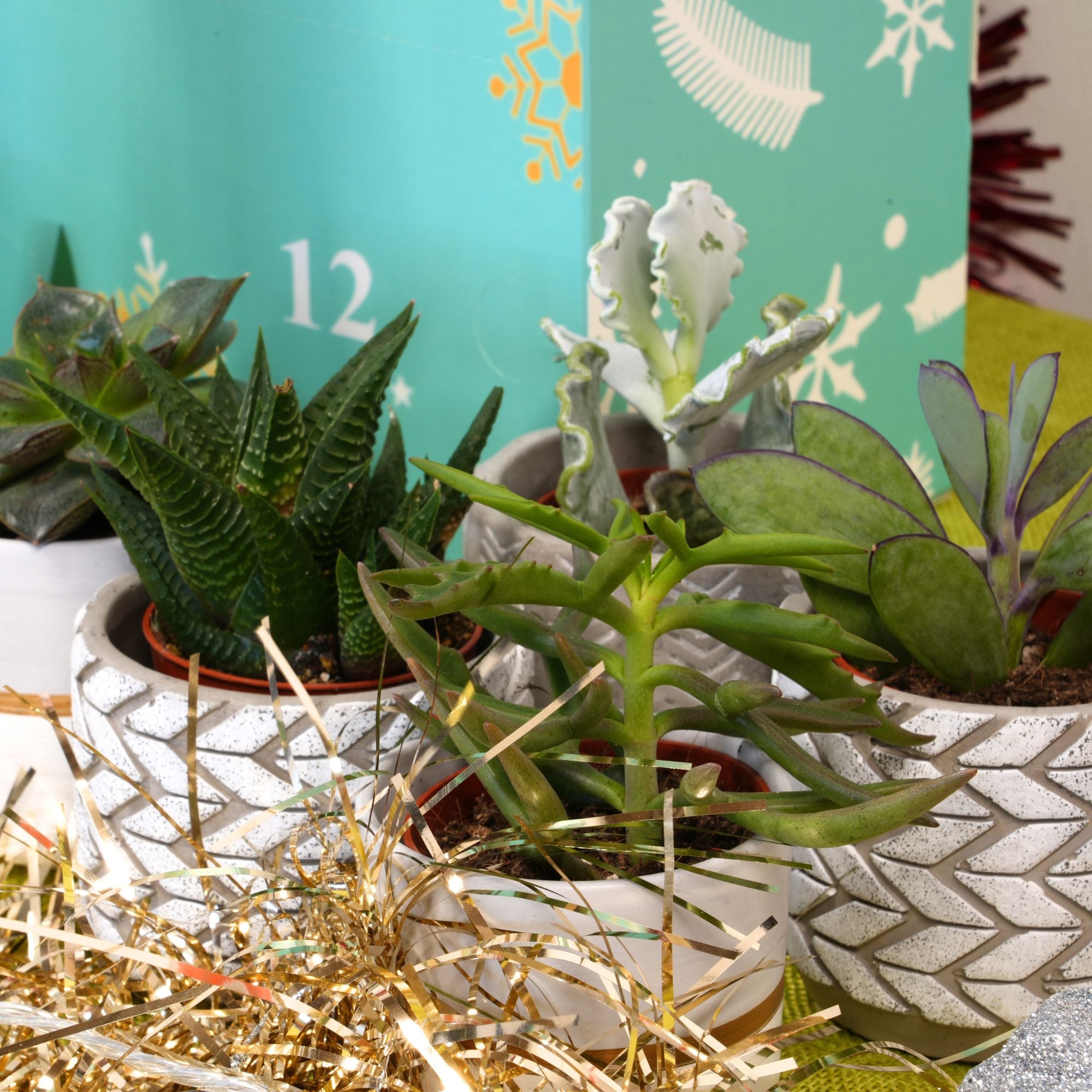Honey I Killed the Cactus - The Ultimate Guide to Keeping Your Cacti Alive
Cacti have become the bane of your green thumb. You just can’t keep them alive no matter how hard you try, and the frustration is mounting up. Are you watering them too frequently? Do they need more or less light? Are you just cursed? This guide will help you answer all of the questions you may have about your struggling cacti (here’s a hint: you’re not cursed).
Cacti are notoriously hard to kill, so why do yours keep dying? Whatever the problem is, you can rest easily knowing that it’s fixable. Whether you’ve just killed a cactus, your next one is at death’s door, or you’ve just acquired a prickly new plant and are searching for the secret to long life, this guide is for you.
What type of soil should you use for cacti?
Any houseplant you buy will come with soil, but can you be sure it’s the right type? A big mistake new plant owners make is not checking the substrate of their houseplants when they bring them home. Soil that nurseries will use to grow cactus pups can differ from the requirements of adult plants, so you should always check the soil of your cactus as soon as you buy it to avoid problems down the line.
Cacti are pickier than most plants when it comes to soil. Their substrate needs to be porous and sandy to drain excess water away from the roots. Cactus roots aren’t used to being exposed to water for longer periods of time, and can develop problems such as root rot if they stay damp for too long.
Good cactus soil should also contain gravel or other small rocks to create gaps for water to run through and to keep the soil from gathering into large clumps. Cacti also appreciate fibrous material such as coco coir to transport water quickly and efficiently around the roots.
Always be gentle when repotting and checking the roots of your cactus, to avoid any accidental damage to your plant. Once you’ve set your prickly friend up with its new soil, removing it from its pot should only be done when absolutely necessary. Depending on the type of cactus you have, you should only need to repot it somewhere between every two to four years.
How often should you water a cactus?
Overwatering is notorious for its cactus-killing capacity. Despite most plant owners being aware of this, it remains one of the leading causes of cactus mortality to this day! It’s important to remember that a proper watering schedule has to be paired with the right soil to keep your cactus healthy. If the soil isn’t drying out quickly enough, even watering infrequently can be too much for your plant.
A cactus should be watered every one to two weeks as long as the soil has been allowed to dry out first. Keep an eye on the signs your plant is giving you - if you see any discolouration, wilting, or soft patches on its body, then your cactus could have developed root rot from damp soil.
While watering regularly is standard houseplant advice, it’s sometimes preferable to be flexible with your schedule. Pay attention to the dampness of the soil and how healthy your cactus looks, and adjust your watering accordingly. Remember that it wouldn’t be regularly watered in the wild, either!
How much sunlight does a cactus need?
Cacti are sun-loving plants plucked straight from the heat of the desert. Your house doesn’t need to be glowing with light to keep one, but you should find it a place in bright, direct sunlight for a decent amount of the day. Windowsills, conservatories and porches are great places to give your cactus the brightest daylight your local climate can provide.
A cactus suffering from sunlight deficiency may look tall, pale and unusually thin. This condition is called etiolation, and may result in your cactus becoming unsteady, misshapen or lopsided. While it looks concerning, the condition isn’t usually fatal, and if you notice these symptoms simply move your cactus to a brighter area of the house. It should perk up in no time!
How to get rid of insects on a cactus
Every plant parent has one biggest fear: insects. As voracious as locusts, an infestation of mealybugs can decimate a houseplant cactus in a matter of weeks. If you notice insects such as mealybugs on your plant, you should act quickly - these vampiric invaders can suck a cactus dry.
Mealybugs prefer humidity and thrive in overwatered soil, and will usually avoid cacti if your watering schedule regularly allows the soil to dry. If you do end up with mealybugs in your cactus, however, there are ways to get rid of them before the worst damage is done.
Before you start treatment, quarantine your plant. Mealybugs can travel quickly across surfaces, and it’s best to keep other plants far away from the infestation. Separate the infested plant from other plants and pots, especially water-loving specimens.
To get rid of the insects for good, you’ll need to spray them with a solution designed to drown the bugs on the plant. There are several solutions that can be used, but a couple of the most popular ones are weak solutions of soap and water or standard strength isopropyl alcohol. Spray every bug you can see on the plant, and repeat the treatment regularly until there are no insects left. Then spray the cactus with clean water to remove any residue.
It’s important to note that alcohol can cook your plant if it’s left in the sun - make sure to move it somewhere darker until it’s healthy and bug-free!
Enjoy your healthy cactus!
Now that you’ve done the hard work, it’s time to sit back and appreciate how much greener (and spikier) your room is. Your healthy cactus could live with you for up to ten years! Depending on the type of plant you have, you might even be rewarded with an elusive cactus flower.
Hopefully this guide has helped you grant your cactus a new lease of life - or to set the perfect home up for the next one! For more guides on taking care of houseplants, succulents and cacti, browse through our blog here, or if you'd like to get your hands on one of our low maintenance houseplants, cacti or succulents, have a browse of our website and shop today for Free Next Working Day Delivery on all orders over £40!.


